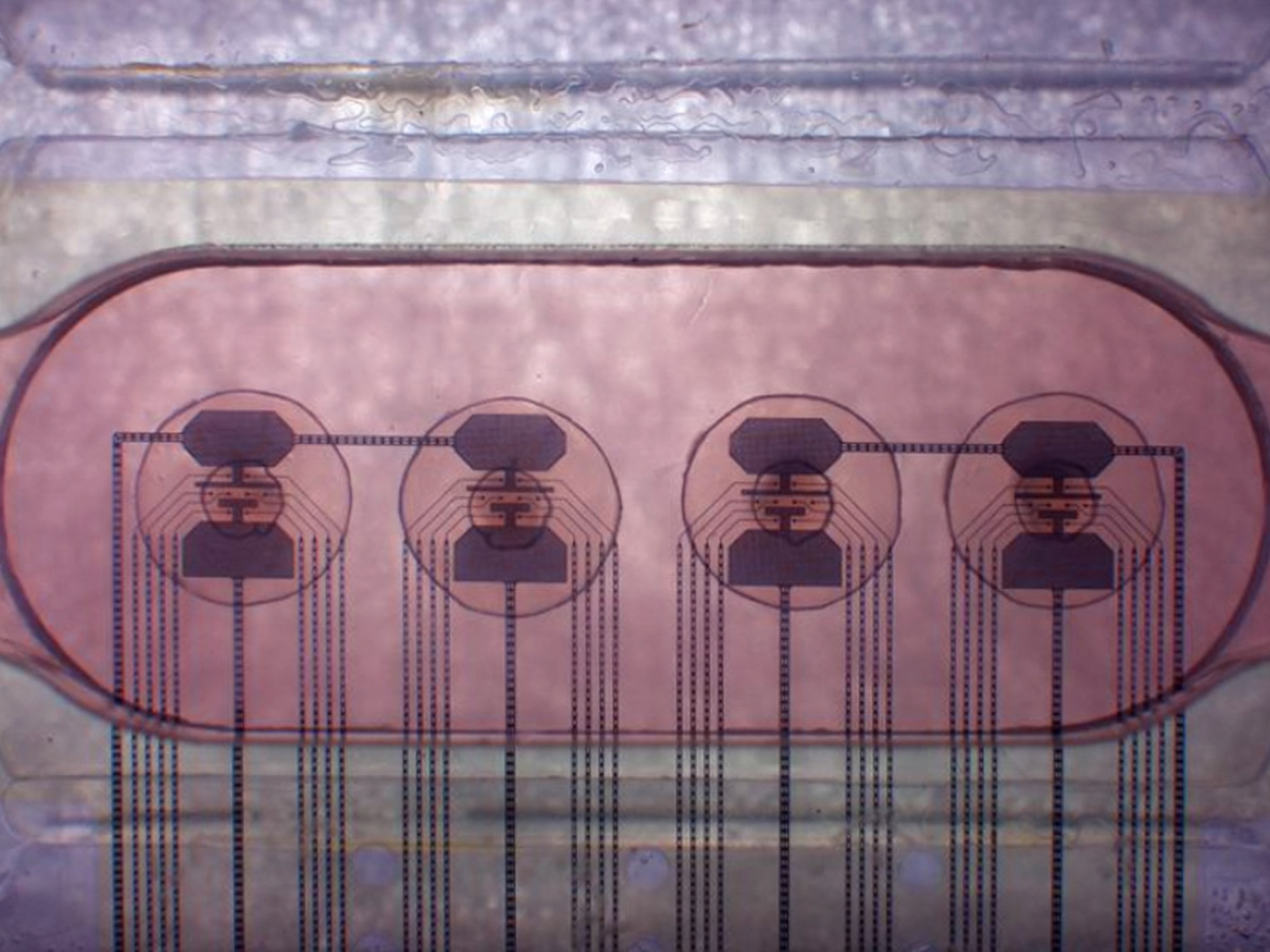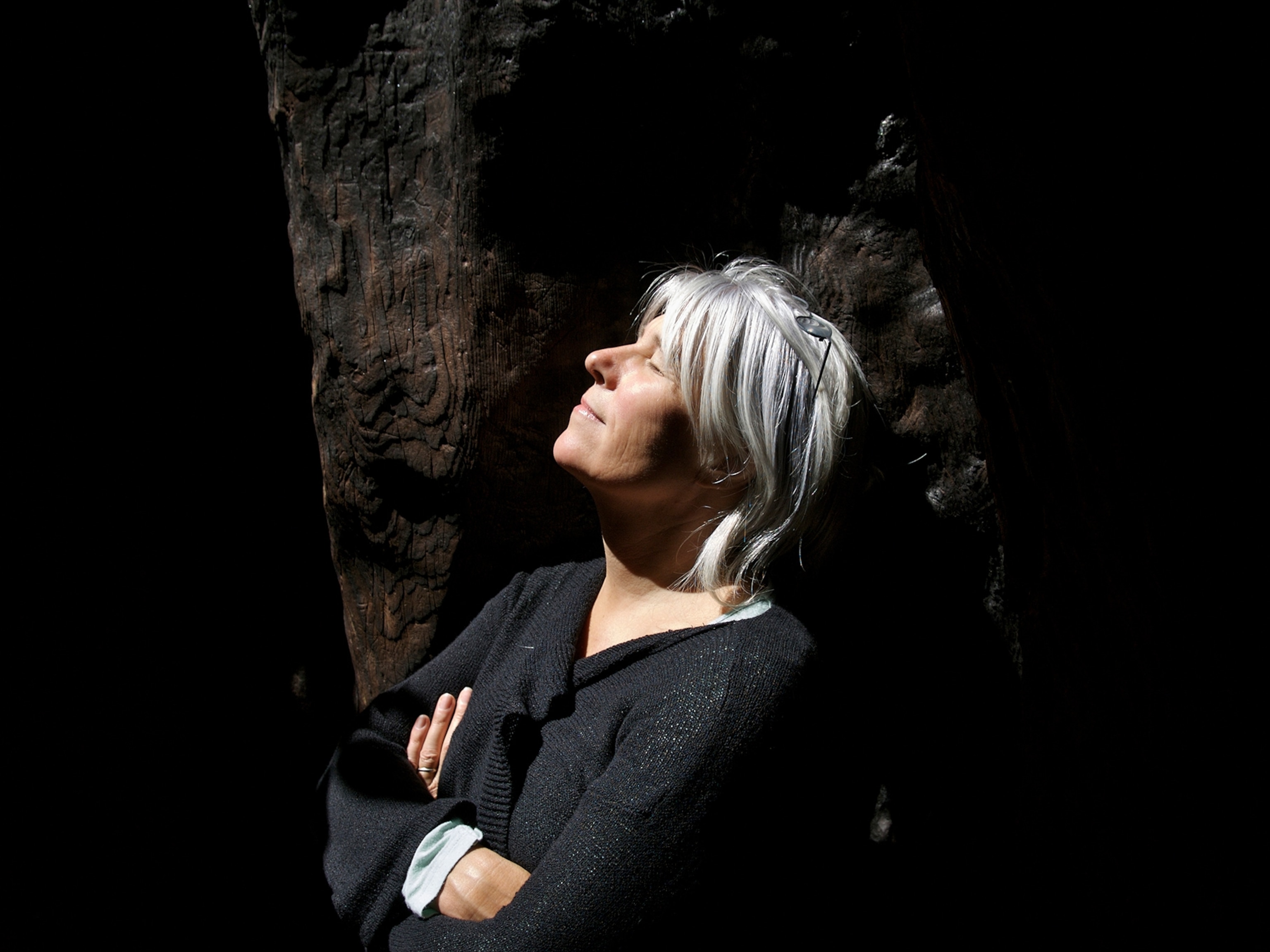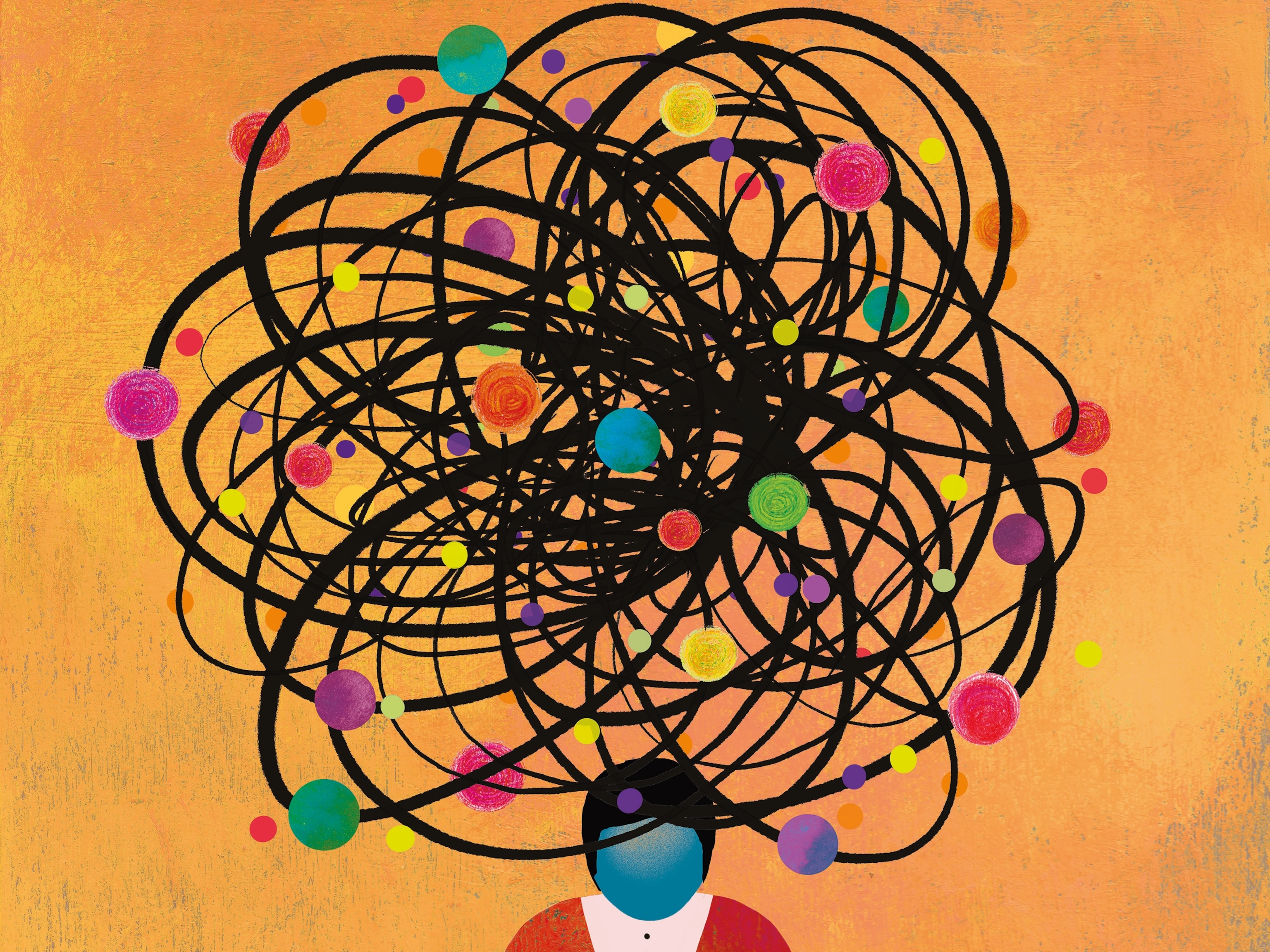See a Single Stem Cell Grow Into a Complete Creature
Scientists have created a genetic roadmap for how lone cells develop into complex life.
Your life is a result of many, many choices. School, career, relationships; each decision is made in sequence, building upon the past to create a traceable map of what led you to your current state of being.
Cells, in an act of meta metamorphosis, determine their fate in much the same way.
“The creation of different types of cells during development is akin to a child growing up. A 5-year-old has the potential to do anything,” explains Sean Megason, associate professor of systems biology at Harvard Medical School. Similarly, almost all life on Earth starts as embryonic stem cells, which then divide and develop into the various specialized parts of a complex being. (See "First There Were Microbes. Then Life on Earth Got Big." in National Geographic magazine.)
“Cells that end up as neurons make one set of choices, while muscle cells make a different set of choices,” says Megason. But exactly how these embryonic stem cells make their choices is still shrouded in mystery.
(Pig brains partially revived hours after death—what it means for people)
United and Divided
Multicellular life forms are the new kids on the block, evolutionarily speaking. They first appeared on Earth roughly 600 million years ago, at least two billion years after their single-celled ancestors evolved. For reasons we still don’t fully understand, single cells began to replicate, eventually forming more complex organisms.
“On the first day, they mostly just divide, so at the end of the day they are a round ball of cells,” Megason says. “But when you come back the next morning, that ball of cells has turned into a little fish. It has eyes, a beating heart; it has muscles and can wag its tail.”
The incredible potential of embryonic stem cells has become the subject of much research (and controversy), based on the hope that we can one day direct stem cells to grow into certain states, like brain cells, or skin, or hearts. But while decades of research have been devoted to understanding how these cells develop, much of it has been scattered and uncoordinated Megason says.
In three new studies published in the journal Science, he and two other teams from Harvard Medical School looked at the 24-hour development stage of zebrafish and frogs, tracking hundreds of thousands of individual cells to try and understand how and why they grew up to become more specialized.
“My goal was seeing the complete roadmap for making all the different cells in an embryo,” he explains. “There is much left to be done, but this is the first global roadmap of development.”
Cellular Cartography
Charting that map wasn’t easy. Using a technique called single-cell sequencing, the researchers suspended individual cells in a water-and-oil mixture, then “barcoded” them before processing. This method was repeated for thousands of cells, creating a difficult data challenge when it came time to analyze what each cell was doing. (See First-of-Its-Kind Footage Showing Cells Moving in Live Animals)
“We sometimes imagine the process of cells choosing fates as a ball rolling down a valley that progressively forks into more and more valleys. But rather than rolling down a two-dimensional surface, the ball is rolling down a 25,000-dimensional surface, one for every gene.”
Adding another layer of confusion, late-bloomers exist in the cellular world.
“Some cells might go to college and medical school very young, like Doogie Howser, whereas others take the same path but start it much later or progress through it more slowly,” Megason says.
The results of the study help to confirm some previously held beliefs about cellular behavior. Cells can be indecisive or confused, existing in a range of mixed states before ultimately finding their final cellular careers. There can even be multiple paths taken to the same fate.
Megason hopes that the teams’ research will provide a “recipe book” for scientists, showing the steps that genes take in embryos to make different types of cells, “which can then be used to replace cells in humans that are lost to injury or disease.”





